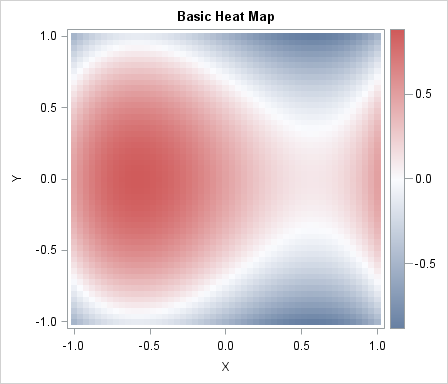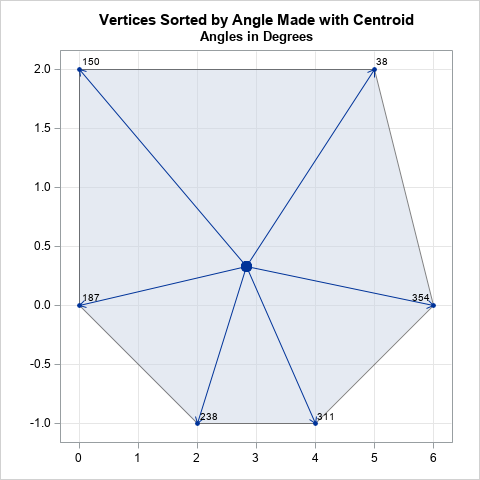
Statistical programmers need to access numerical constants that help us to write robust and accurate programs. Specifically, it is necessary to know when it is safe to perform numerical operations such as raising a number to a power without exceeding the largest number that is representable in finite-precision arithmetic. This























